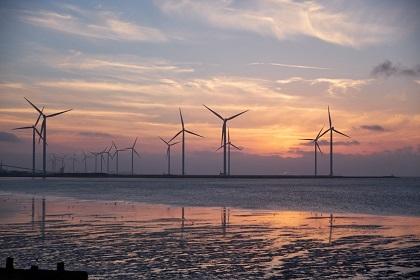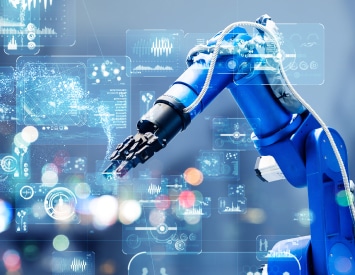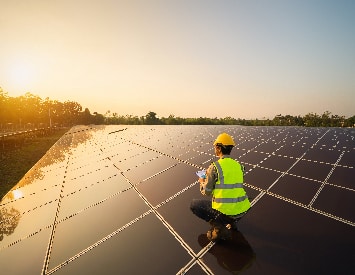Offshore wind turbines have continued to face a glaring problem ever since their conception: their maintenance being a dangerous endeavor any engineer involved.
A number of occupational health and safety measures must be put in place to protect these engineers, which ultimately means more money needs to be spent by the companies building the turbines.
When turbine blades require maintenance, engineers are tethered to the wind turbine by ropes, they then walk out on the turbine and access the blades. This is naturally a highly dangerous operation. For the energy company, the downtime of a turbine is also a costly exercise.
However, automation is beginning to creep into the industry to save both lives and save money. The world’s first autonomous robotic inspection and repair solution for offshore wind farms has been announced and the numbers are looking positive. The pilot project is to cost roughly $7 million dollars and is expected to help cut costs of the wind farm by nearly $50 million dollars throughout its lifetime.
It’s called the MIMRee (Multi-Platform Inspection, Maintenance and Repair in Extreme Environments) project. It employs cutting edge technology to analyze wind farms like no human crew would have been able to do before.
The solution includes utilizing drones, which are deployed to analyze and scan the turbine blades. These are deployed off an autonomous vessel that scans the wind turbines on approach. Based on the repairs needed, the drones carry robot repairers to the affected blades so they can begin the repair process.
There are also underwater robots that can be used to maintain and repair the submerged portions of the wind turbines. The robots that companies such as Innovate UK and their affiliates are considering using are named Autonomous Aquatic Inspection and Intervention (A2I2) robots.
The key objectives of the UK-funded automotive project were put together in 2018, and now engineers are working to meet them. The objectives were outlined in project notes, which were released to the public, and said the use of robots will:
- Remove the need to send humans offshore to carry out wind turbine blade IMR (Inspection, Maintenance & Repair) tasks
- Remove the need to shut wind turbines down to carry out blade inspections
- Reduce the risk of using autonomous vehicles offshore to carry out IMR tasks in real-world operating conditions.
- Establish the business case for using autonomous vehicles for blade IMR.
- Develop a roadmap for transferring the MIMRee system to other relevant industries.
Dr Sara Bernardini of Royal Holloway from the University of London told BIM+:
“We will be working closely with a group of offshore wind technicians to create personas for the robots and map the tasks that will turn a human-led mission into an autonomous operation. Testing and consultation with technicians will be crucial to designing the interface for remote monitoring and intervention and understanding how to deal with the unexpected in a mission.”
Works Cited
“Project to Develop World’s First Robotic Wind Farm Repair and Inspection Solution.” BIM , www.bimplus.co.uk/news/project-aims-develop-worlds-first-robotic-wind-far/.



